We know hand washing is important, but during public health emergencies such as the COVID-19 pandemic, it is emphasized over and over by officials how vital it is. But why exactly?
Bacteria and germs that inadvertently end up on peoples hands can transmit things like food poisoning (salmonella) while viruses that causes illnesses like the common cold, influenza, and the new viral infection COVID-19 can also be spread by hands.
Protecting ourselves
The reality is that germs can get on our hands every time we touch something and, because we can contract illnesses through not only our mouth, but also our eyes an nose, good hand hygiene is essential. Given that it is estimated that we touch our faces with our hands as many as 23 times an hour1, it is a testament to how clever our immune system is that we don’t get sick more often !
Protecting others
By washing our hands regularly, not only are we keeping ourselves from getting sick, we are also helping ensure that others, especially those who are immune compromised (low immunity) because of illness or treatment (eg chemotherapy), do not get sick from germs that we have inadvertently transmitted.
When should you wash your hands?
You should wash you hand before you prepare or eat any food, and after:
- Using the toilet
- Coughing, sneezing, or blowing your nose
- Changing a nappy, wiping a child’s bottom or nose
- Gardening (or playing outside for children)
- Looking after sick people.
Good practice could also include washing your hands when you get home from the shopping mall, doctors, and supermarket.
How to correctly wash your hands
The Ministry of Health outline the following process for correct hand washing:
- Wet your hands under clean running water. Use warm water if available.
- Put soap on your hands and wash for 20 seconds. Liquid soap is best.
- Rub hands together until the soap makes bubbles.
- Rub on both sides of both hands …
- and in between fingers and thumbs …
- and round and round both hands.
- Rinse all the soap off under clean running water. Use warm water if available.
- Dry your hands all over for 20 seconds. Using a paper towel is best (or, if at home, a clean dry towel).
Soap and warm water or hand sanitiser?
Experts agree that both hand washing and hand sanitising are effective ways of removing germs from hands – as long as they are done correctly.
Coronaviruses and indeed most viruses have a fatty outer layer that protects the virus inside. Vigorous washing with soap, or alcohol, can destroy this layer and render the virus inside inactive. 2 Soap can also help ‘unstick’ the virus, from the skin, and of course wash any dirt and bacteria away down the drain.
Hand sanitiser can be effective at removing nearly all germs, as long as it’s high in alcohol (60% or more), enough is used, and it is rubbed all over hands and backs of hands for at least 20 seconds.
For the latest information on the novel coronavirus, visit the Ministry of Health website.
1 https://www.ncbi.nlm.nih.gov/pubmed/25637115
2 https://www.theguardian.com/commentisfree/2020/mar/12/science-soap-kills-coronavirus-alcohol-based-disinfectants

Written by Robyn
Robyn creates content on Kidspot NZ. Her hobbies include buying cleaning products and wondering why things don’t then clean themselves, eating cheese scones with her friends, and taking her kids to appointments.
Favourite motto to live by: “It’s just a phase.”

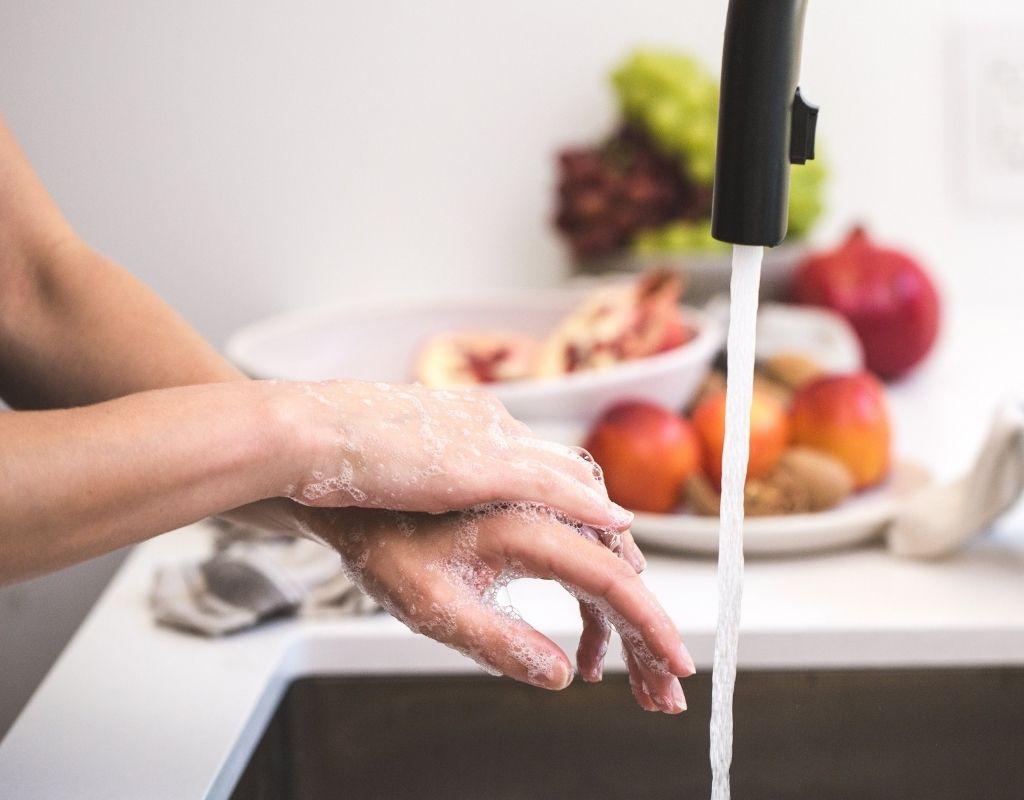

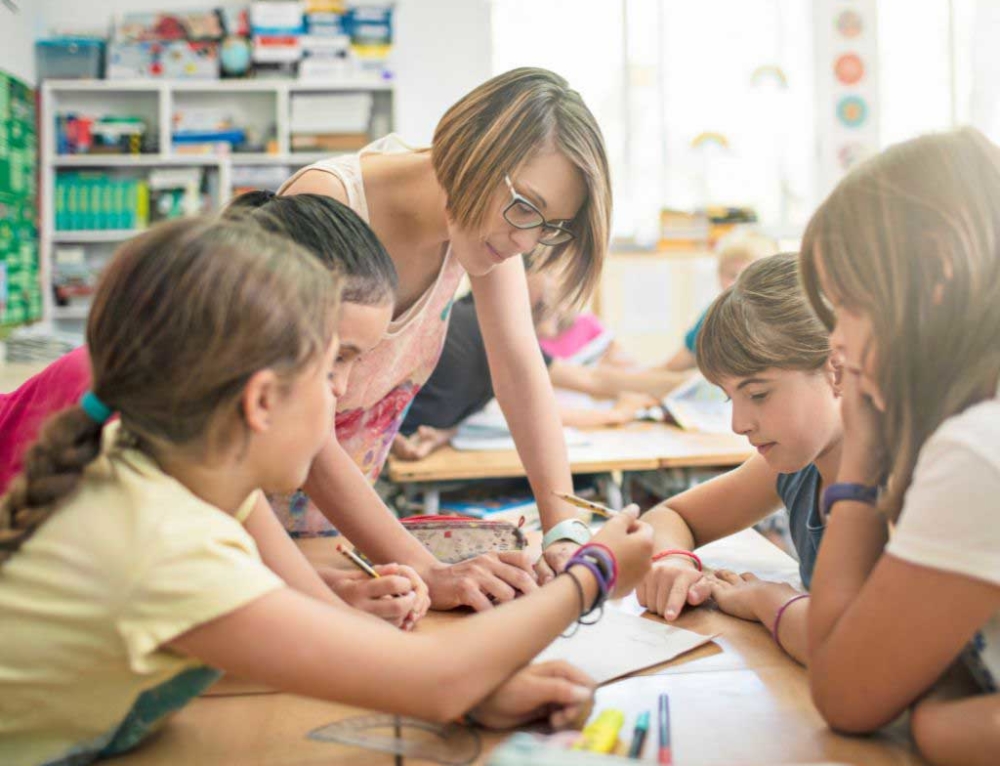
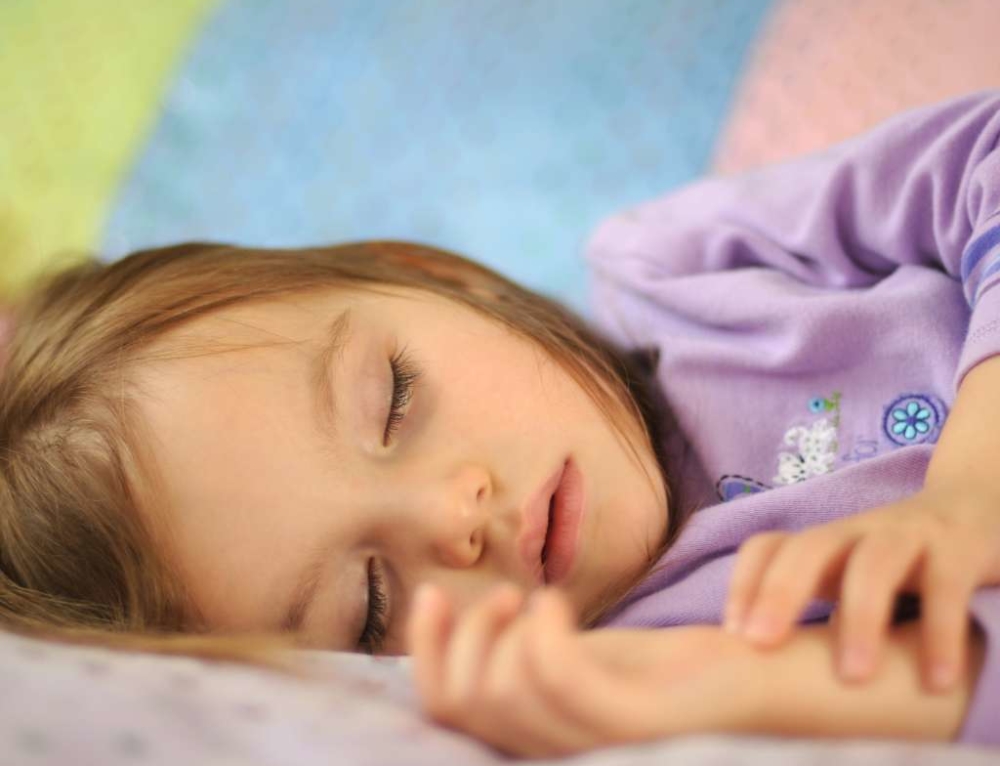
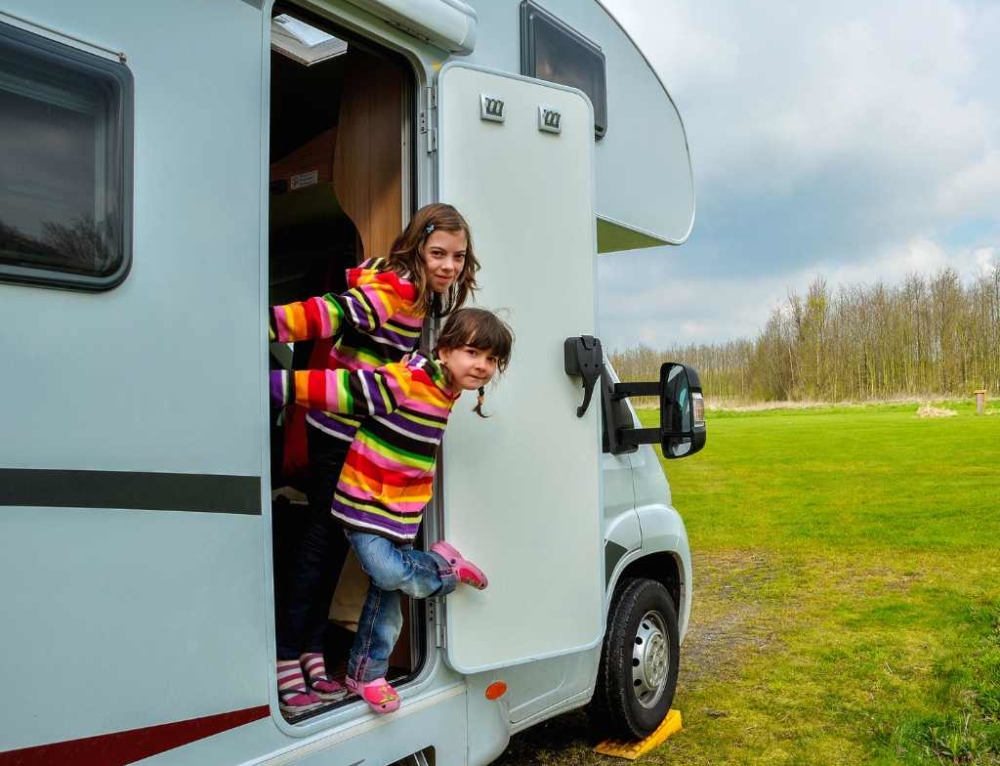
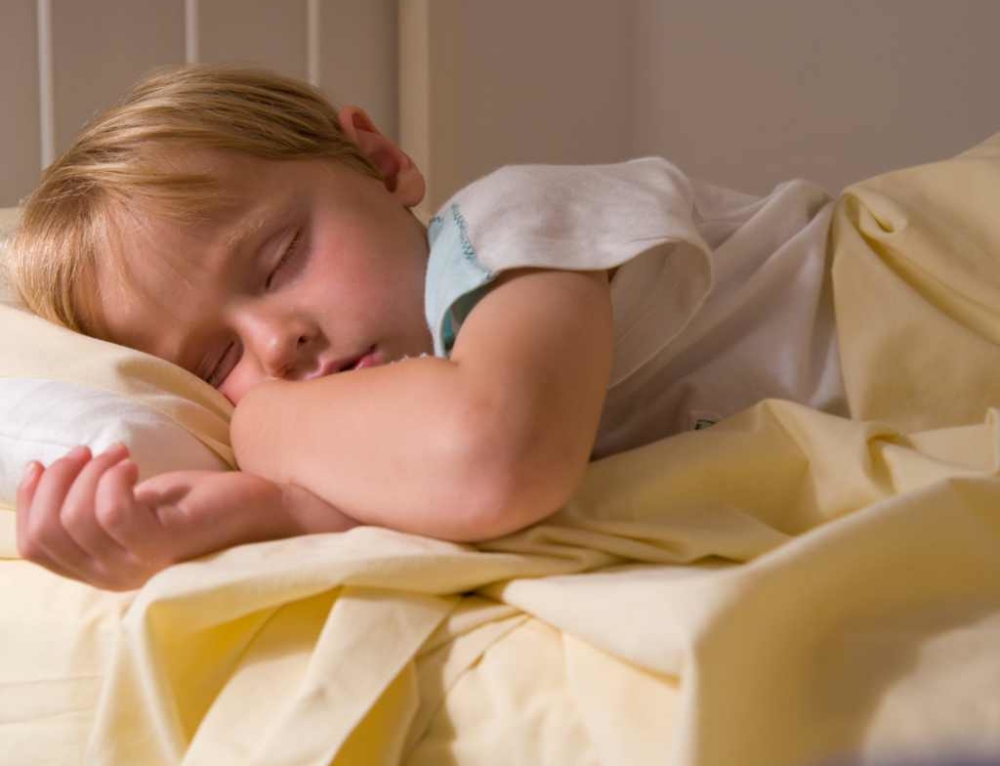
Leave A Comment
You must be logged in to post a comment.